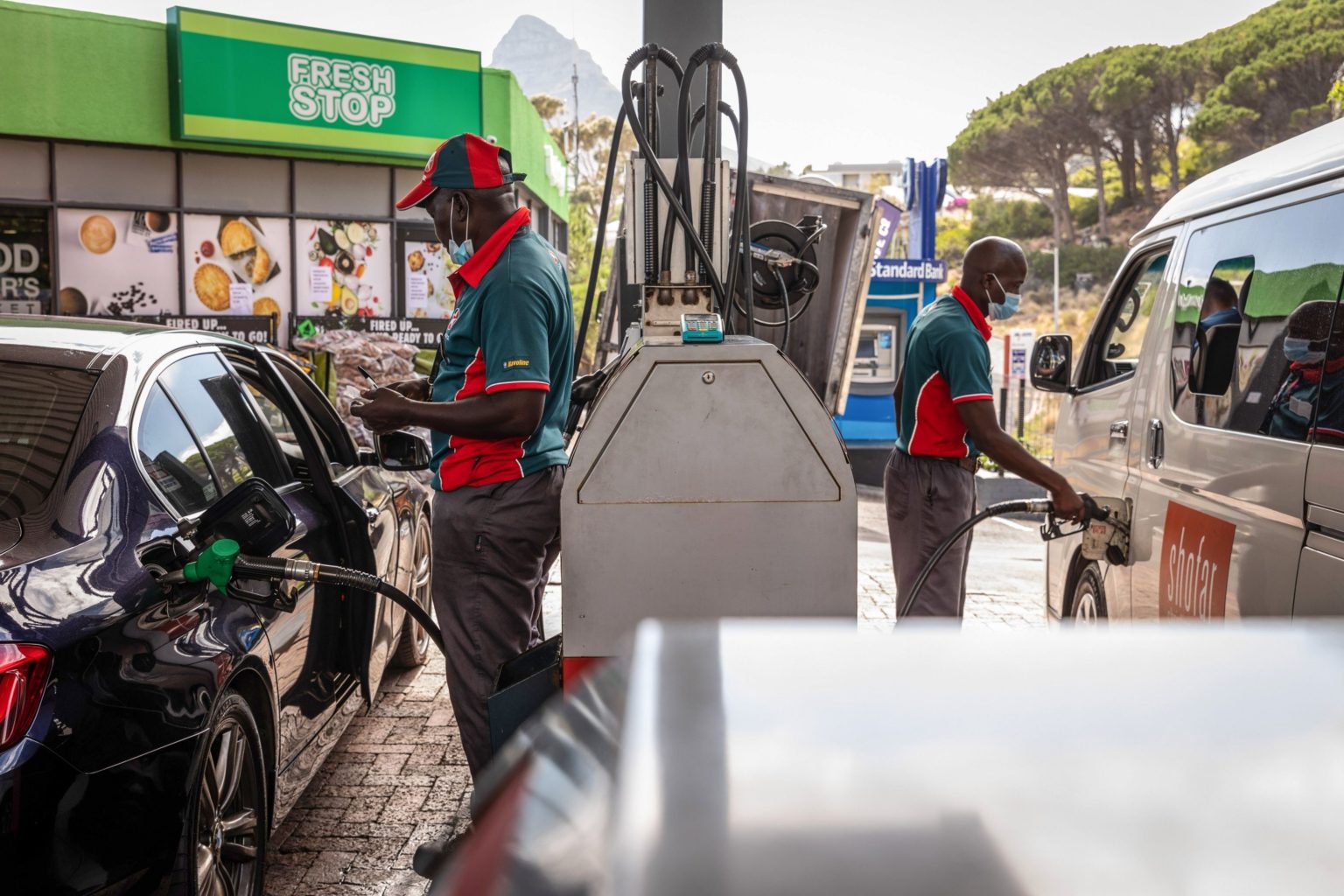Fuel prices expected to ease into 2024

Fuel prices are anticipated to continue to ease into the new year thanks to lower oil prices and a stronger local currency that has been observed recently.
This comes as motorists have had to stomach nauseating fluctuations in fuel prices throughout the year, led by elevated oil prices and a volatile rand.
According to a research note released at the end of November, PwC’s latest economic outlook has forecast that the first three months of the new year should register lower fuel price averages in comparison to the last quarter of 2023.
“Following the fuel price declines in November and December 2023, both petrol and diesel prices are expected to bottom out in Q1 2024, and then slowly increase during the remaining quarters of 2024,” PwC South Africa chief economist Lullu Krugel said.
“This is based on expectations in financial markets that the depreciation in the rand exchange rate during 2024 will be slightly faster than an anticipated decline in global oil prices,” she added.
Fuel trends
Inland motorists began 2023 paying R21.10 and R21.40 per litre of unleaded 93 and unleaded 95 petrol, respectively. While diesel users of 500ppm and 50ppm were paying R21.23 and R21.42 per litre respectively.
Although prices have since eased and, in some cases, edged closer to January prices, in-between now and then, motorists were met with volatility which was further fueled by the escalation of geopolitical tensions in the Middle East.
In October, motorists were forced to stomach price peaks across various fuel types amid higher oil prices, influenced by the tightening of supply, increased average international petroleum product prices and a weaker rand/dollar exchange rate.
As a result, October’s peaks saw motorists paying upwards of R25 per litre of fuel.
| Inland | January /litre price | December/litre price | Lowest | Highest |
| Petrol Unleaded 93 | R21.10 | R22.79 | R21.10 (January) | R25.22 (October) |
| Petrol 95 Unleaded | R21.40 | R23.25 | R21.40 (January) | R25.68 (October) |
| Diesel 500ppm | R21.23 | R21.81 | R19.31 (June) | R25.05 (October) |
| Diesel 50ppm | R21.42 | R21.99 | R19.70 (June) | R25.22 (October) |
Fuel price changes for inland motorists sourced from the AA’s website.
A deeper reflection by PwC shows that petrol and diesel prices have risen by 22% and 41%, respectively, in the last two years.
As a key driver of inflation, the projected fuel price reductions in the new year will come as a welcomed relief to battered motorists and consumers.
According to PwC, there are options that could be explored to adjust fuel pricing formulas to support greater savings for consumers.
“South Africa’s economy consumes 60 million litres of petrol and diesel every day. At today’s fuel prices, this equates to R1.4 billion in fuel spent on a daily basis. This component of business and household spending has increased significantly in recent history, with diesel prices currently 41% higher than they were two years ago,” said Krugel.
“There are options on the table for a pricing formula review, and even a small downward adjustment in fuel costs could have a meaningful positive impact on business operational costs and household consumption budgets,” she noted.
Read: SA’s inflation slows in November
The easing of fuel prices has already begun. Coming off the peaks of October, the months of November and December recorded between R2 and R3 declines in the per litre cost of petrol and diesel.
The latest data from the Central Energy Fund (CEF) shows further relief is on the cards to kick off the new year.
According to daily CEF estimates, petrol prices for 95 and 93 unleaded could drop by 76 cents and 62 cents in January, while diesel prices for 0.05% and 0.005% could drop by R1.34 and R1.41, respectively.
FNB senior economist Koketso Mano also echoed expectations that the new year will come with lower fuel prices, however, she noted that this will be subject to there being no extreme shocks to the system on the geopolitical front.
“Looking forward, we still think elevated inflation, hawkish monetary policy, as well as softer global growth should weigh on risk sentiment,” Mano said.
“Overall, what we think will support easing prices in the coming months more materially will be your softer refinery margins, and this theme drives our projections of fuel prices following a downward trend in the near term with some monthly volatility, and I guess these projections come with some caution [as you know] these geopolitical tensions warrant some caution when thinking about these predictions,” Mano added.

